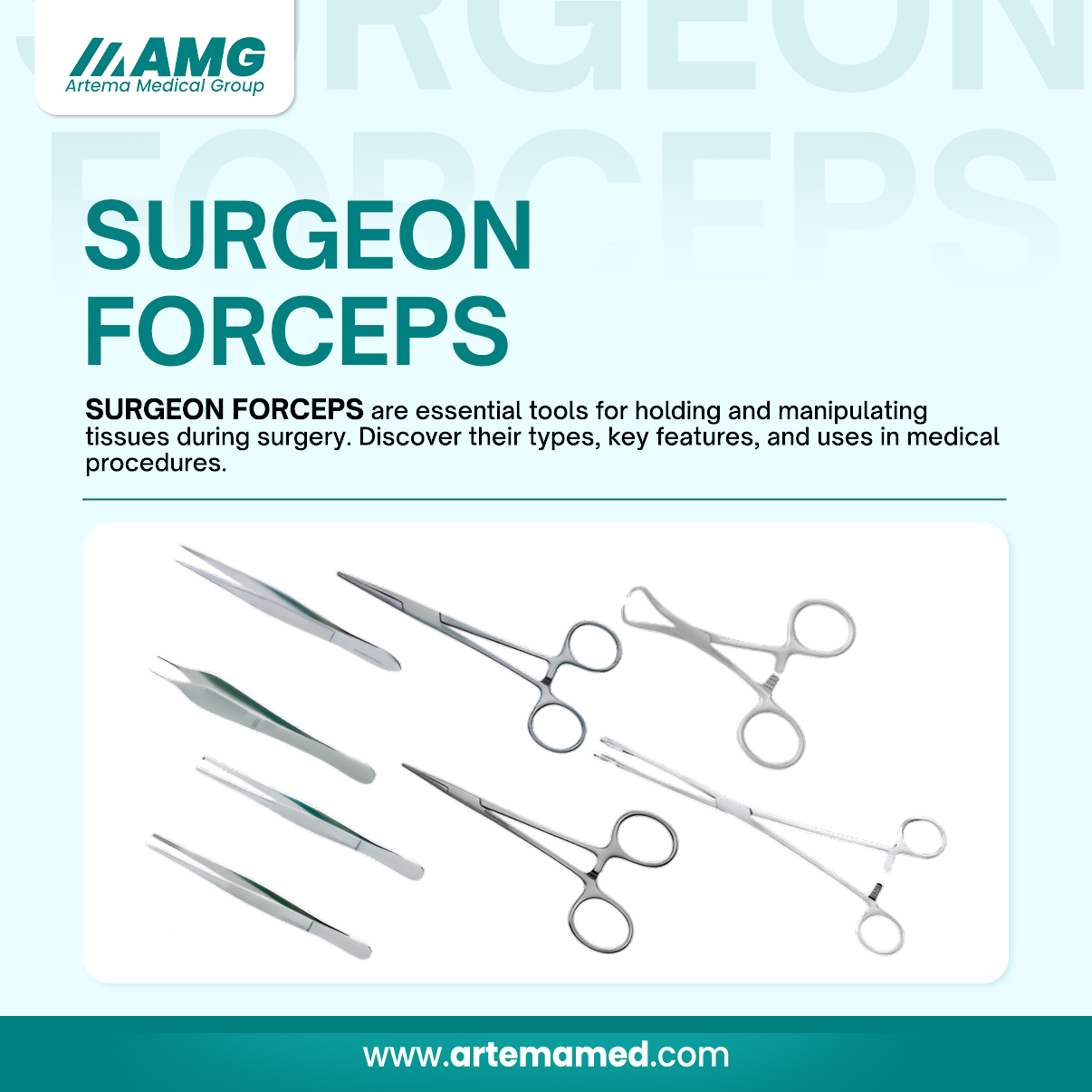Introduction to Surgeon Forceps
Surgeon forceps are essential tools in medical procedures. They provide precision and control, ensuring successful surgeries. The technology behind these instruments has evolved significantly. Today, advanced materials and innovative designs improve their effectiveness. Various types of forceps cater to specific surgical needs, making them indispensable in modern healthcare.
Material Advancements in Surgeon Forceps
The material used in manufacturing forceps plays a crucial role. Stainless steel is the most common choice due to its durability and resistance to corrosion. Some high-end forceps feature titanium, offering strength with reduced weight. Additionally, medical-grade polymers are sometimes used for disposable forceps. These advancements ensure reliability and safety during surgical procedures.
Precision Engineering and Ergonomic Design
Modern surgeon forceps undergo precision engineering. This technology ensures accurate alignment of the gripping surfaces. Computer-aided design (CAD) software helps create ergonomic handles, reducing hand fatigue. Some forceps have textured grips, providing enhanced control. These innovations help surgeons perform delicate procedures with greater ease and accuracy.
Magill Forceps: A Specialized Tool
Magill forceps are crucial in airway management. Their curved design allows easy placement of endotracheal tubes. Anesthetists and emergency responders frequently use them for intubation. The angled tips help guide tubes into the trachea with minimal trauma. Recent technological improvements have enhanced their usability, making them even more effective.
Alligator Forceps: Precision for Small Spaces
Alligator forceps have long, narrow jaws that resemble an alligator’s mouth. These forceps assist in removing foreign objects from tight spaces. Ear, nose, and throat specialists often rely on them. The latest versions feature fine-tuned gripping mechanisms. Some even incorporate fiber optics for better visibility. These advancements improve accuracy and efficiency in delicate procedures.
Sterilization and Maintenance Technologies
Proper sterilization is essential for surgical instruments. Modern autoclaves use high-pressure steam to eliminate bacteria and viruses. Ultrasonic cleaners remove microscopic debris from forceps. Some forceps have antimicrobial coatings, reducing contamination risks. These technologies ensure patient safety and extend the lifespan of surgical instruments.
Integration of Smart Technology
Recent developments include smart surgical instruments. Some forceps now feature sensors that provide real-time feedback. These sensors measure force applied during gripping, preventing tissue damage. Wireless connectivity allows surgeons to monitor tool performance. Such innovations enhance surgical precision and patient outcomes.
The Future of Surgeon Forceps Technology
The future holds exciting advancements in surgical forceps. Researchers are exploring nanotechnology for self-cleaning surfaces. 3D printing enables customized forceps tailored to individual procedures. Robotics may further enhance control, allowing surgeons to perform complex operations with greater accuracy. These innovations will continue to revolutionize the field of surgery.
Conclusion
Surgeon forceps have come a long way with technological advancements. From material improvements to smart features, these tools are evolving rapidly. Magill forceps and alligator forceps are prime examples of specialized instruments benefiting from innovation. With continuous research and development, the future of surgical instruments looks promising. These advancements will enhance precision, safety, and efficiency in medical procedures worldwide.
